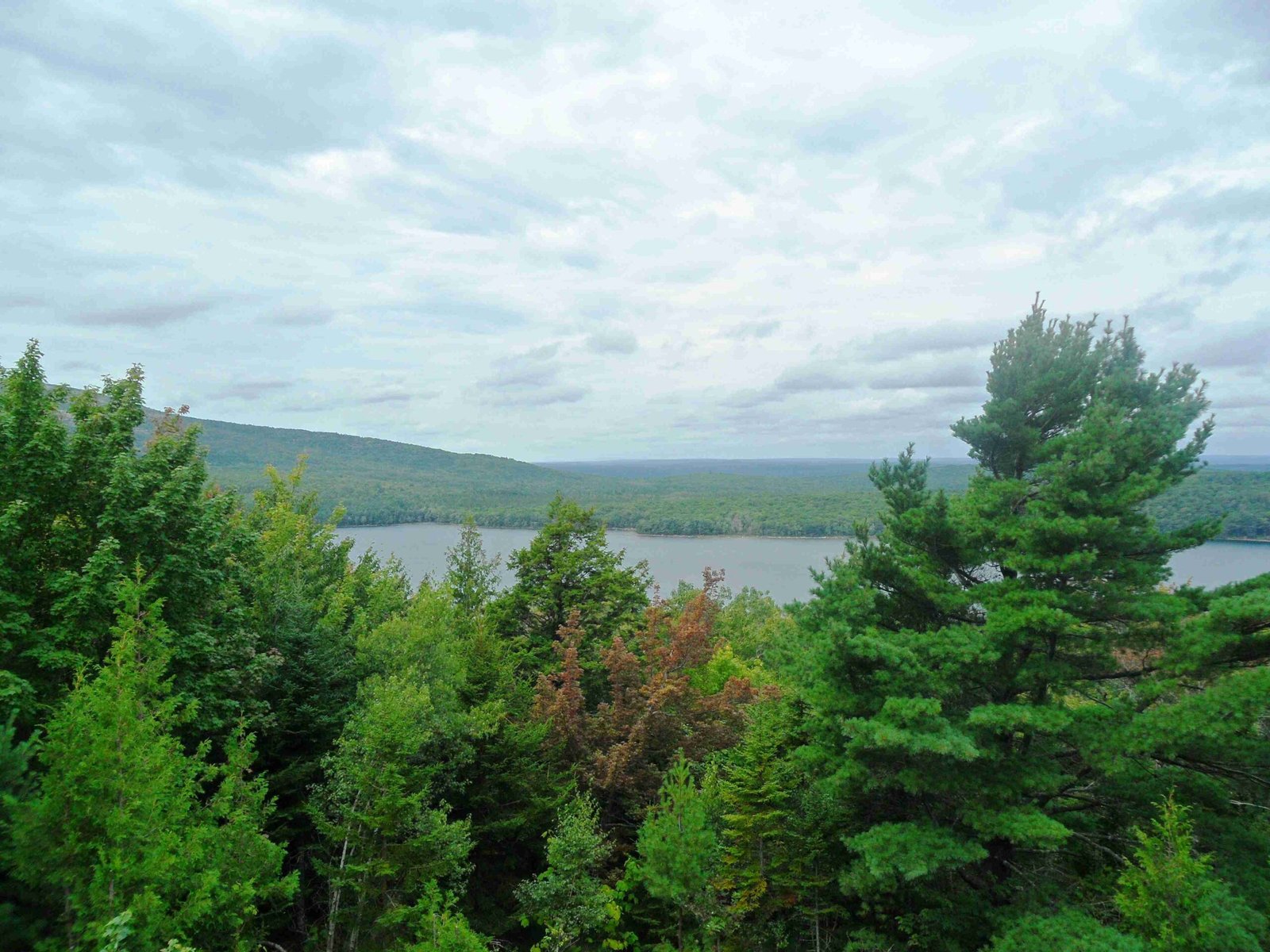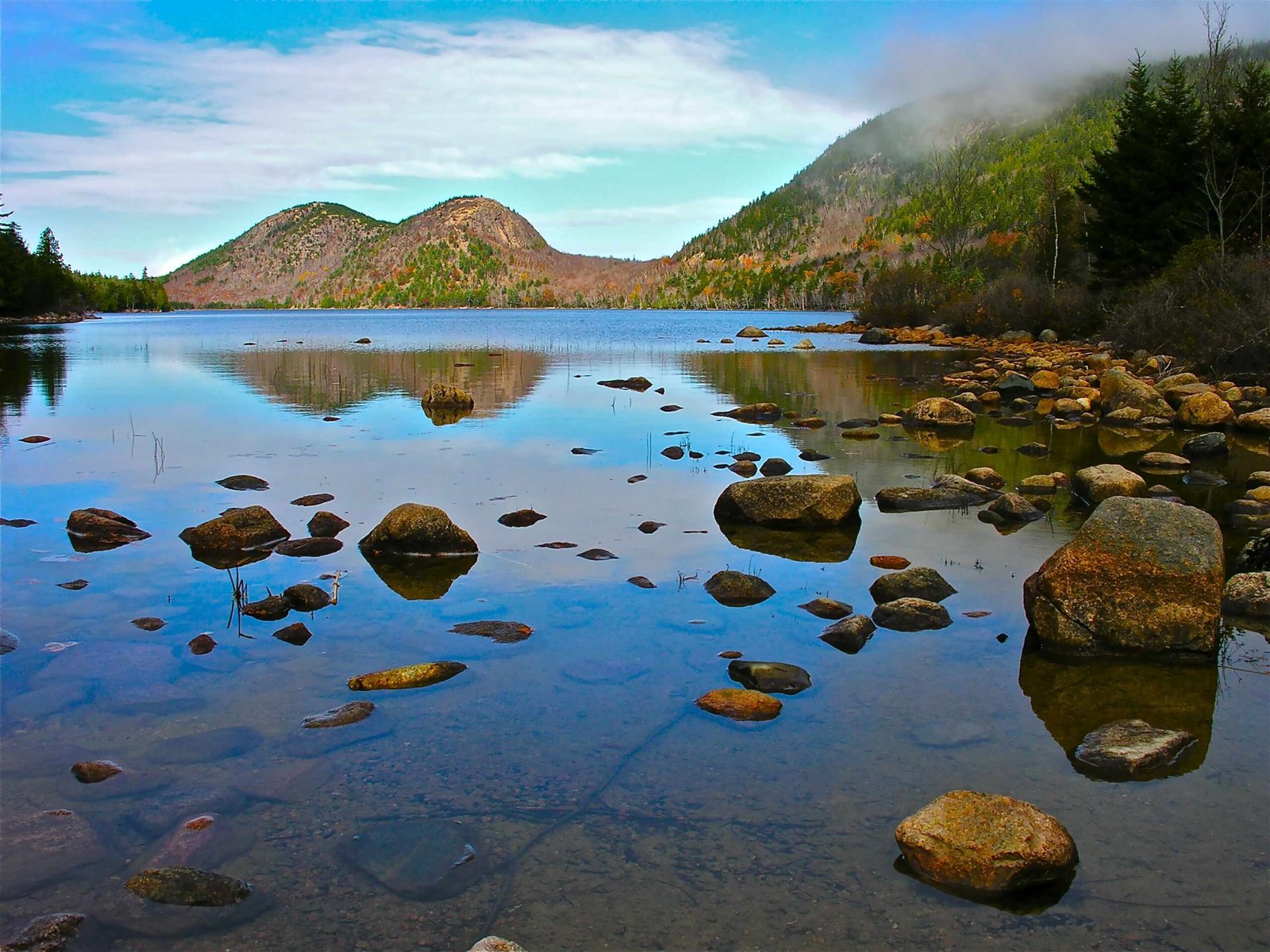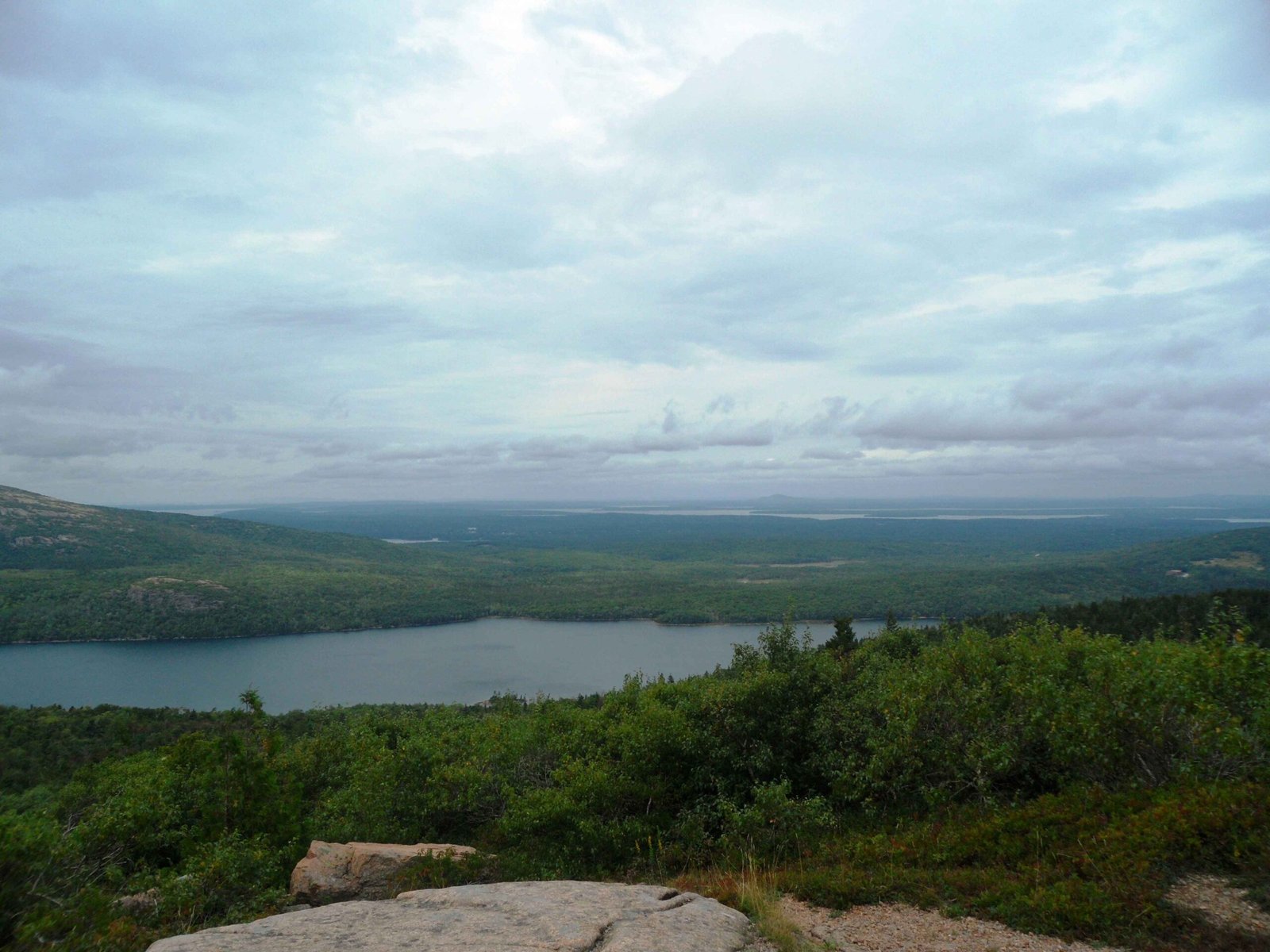Acadia National Park, located in Maine, is not only known for its stunning natural beauty but also for its rich Native American heritage. The park is home to numerous archaeological sites that provide insights into the lives of indigenous peoples who have inhabited this region for thousands of years. The Wabanaki Confederacy, comprising the Maliseet, Micmac, Passamaquoddy, and Penobscot Nations, has deep historical and cultural ties to this land. This article explores the Native American presence in Acadia National Park, their cultural significance, and the challenges they face in preserving their heritage.
What Archaeological Sites Exist in Acadia National Park?

Acadia National Park boasts at least 24 known Indigenous archaeological sites, primarily consisting of coastal shell middens. These sites offer a window into the past, revealing the rich history and cultural practices of the Wabanaki people.
Key Features of Archaeological Sites:
- Location: Primarily along the coast
- Age: Dating back 500 to 3,000 years
- Significance: Represent past lifeways of Wabanaki people
- Contents: Stone and bone tools, pottery, food and medicine remains
One notable site is the Schoodic site, excavated in 1978, which yielded decorated pottery and projectile points. These artifacts have been crucial in determining the age and cultural affiliation of the site.
Who Were the Indigenous Tribes Associated with Acadia National Park?

The indigenous tribes historically associated with Acadia National Park are part of the Wabanaki Confederacy, which includes:
- Maliseet
- Micmac
- Passamaquoddy
- Penobscot Nations
These tribes have inhabited the region for thousands of years, developing a rich culture deeply connected to the land and sea.
Cultural Practices of the Wabanaki People:
| Practice | Description |
|---|---|
| Seasonal Lifestyle | Moving between coastal and inland areas for resources |
| Traditional Activities | Hunting, fishing, and gathering |
| Crafts | Strong tradition of basketry and other artforms |
| Oral Tradition | Storytelling and preservation of history |
| Music and Art | Traditional forms still celebrated today |
What Amenities Are Available for Visitors Interested in Native American Culture?
For visitors eager to learn about the Native American heritage in Acadia National Park, several amenities and facilities are available:
- Guided Tours:
- Offered by the Abbe Museum
- Located in downtown Bar Harbor and Sieur de Monts Spring
-
Often led by Native American tribe members
-
Educational Resources:
- Exhibitions highlighting Wabanaki history and culture
- Programs such as the “Waponahki Student Art Show”
-
Research opportunities
-
Accessibility Options:
- Downtown Bar Harbor location is fully handicap accessible
- Sieur de Monts Spring location accessible via a moderately steep path
- Limited handicap parking available (call ahead recommended)
What Challenges Do Native American Communities Face in Acadia National Park?
Native American communities associated with Acadia National Park face several significant challenges:
Environmental Threats:
- Rising sea levels
- Coastal erosion
- Waterfront construction projects
These environmental changes pose risks to the preservation of important archaeological sites and cultural resources within the park.
Cultural Preservation Issues:
- Incomplete knowledge of shell midden sites
- Need for proper management of cultural resources
- Balancing preservation with public access and education
Legal and Consultation Challenges:
- Government-to-government consultation requirements
- Efforts to extend consultation rights to descendant communities
- Ensuring intellectual control over heritage knowledge
How Is the National Park Service Addressing These Challenges?
The National Park Service is taking several steps to address the challenges faced by Native American communities in Acadia National Park:
-
Collaborative Research: Working with archaeologists and Wabanaki communities to study and document archaeological sites.
-
Cultural Resource Management: Developing strategies to protect and preserve Native American heritage sites within the park.
-
Educational Programs: Partnering with the Abbe Museum to offer programs that promote understanding of Wabanaki culture and history.
-
Consultation Processes: Improving consultation practices with federally recognized Indian Tribes and exploring ways to involve descendant communities more deeply.
-
Environmental Monitoring: Implementing measures to monitor and mitigate the effects of climate change on cultural resources.
By addressing these challenges, the National Park Service aims to ensure that the rich Native American heritage of Acadia National Park is preserved and celebrated for future generations.

